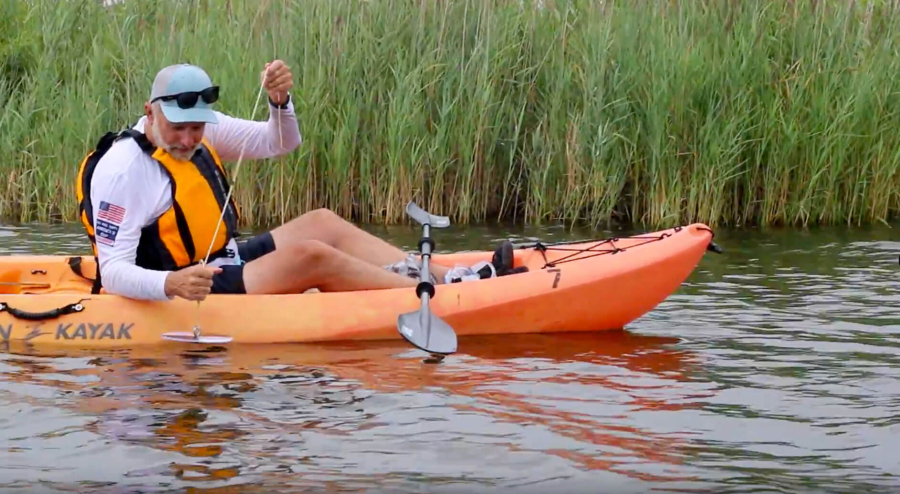Tier II: Chesapeake Bay SAV Watchers Program
SAV Watchers is a volunteer-based program that supplements the Bay-wide aerial survey and provides community engagement opportunities

SAV Watchers is a volunteer-based program that supplements the Bay-wide aerial survey and provides community engagement opportunities
